As the clocks have gone back and the evenings draw in, November’s chill has well and truly settled over the UK. With frost coating the windows and dark mornings making it tempting to stay bundled under the duvet, getting children active during the colder months can feel like an uphill battle. But keeping kids moving through winter isn’t just about burning off energy; it’s crucial for their physical health, mental wellbeing, and immune systems during cold and flu season.
The challenge, of course, is that the activities that come naturally in summer (impromptu garden play, trips to the park, after-school football in the light evenings) suddenly require considerably more effort when temperatures plummet. But with a bit of creativity and planning, winter can be just as active as the warmer months, and potentially even more fun.
Make The Most Of Daylight Hours
With sunset now arriving before 4:30pm, maximising daylight becomes essential. Weekend mornings are your friend here; get the kids out early for activities when there’s still light and (marginally) warmth. A Saturday morning walk in the woods, a bike ride through the local park, or even a trip to feed the ducks can set an active tone for the weekend.
For weekdays, consider the after-school window carefully. Even if it’s already dark by the time you collect them, a quick blast of outdoor activity (even just 15 minutes of running around the garden or playing chase under the porch light) can help discharge some of that pent-up classroom energy before dinner.
Layer Up & Embrace Outdoor Play
British weather shouldn’t be an excuse for staying indoors. The Scandinavians have long embraced the philosophy that there’s no such thing as bad weather, only inappropriate clothing. Invest in proper waterproofs, warm layers, and decent wellies, and suddenly those damp, grey November days become opportunities for puddle jumping, mud pie making, and woodland adventures.
Nature doesn’t shut down for winter; it transforms. Make the seasonal changes part of the adventure by going on leaf-collecting walks to create art projects at home, looking for signs of animals preparing for winter, or seeing how many different types of fungi you can spot. The engagement with nature adds an educational element to the physical activity, making it feel less like forced exercise and more like exploration.

Create Indoor Active Zones
When it genuinely is too grim outside, you need backup plans. Transform part of your home into an active space, though this doesn’t require expensive equipment. A few cushions become an obstacle course, hallways turn into bowling alleys with plastic bottles and a soft ball, and doorframes can accommodate pull-up bars for older children.
Dance sessions are brilliantly effective for burning energy indoors. Let the kids choose the music (within reason) and have impromptu kitchen discos before dinner. Alternatively, yoga and stretching routines designed for children can help with flexibility and body awareness while keeping them moving when space is limited.
Read: The IDEAL beginner’s guide to converting your garage into a living space
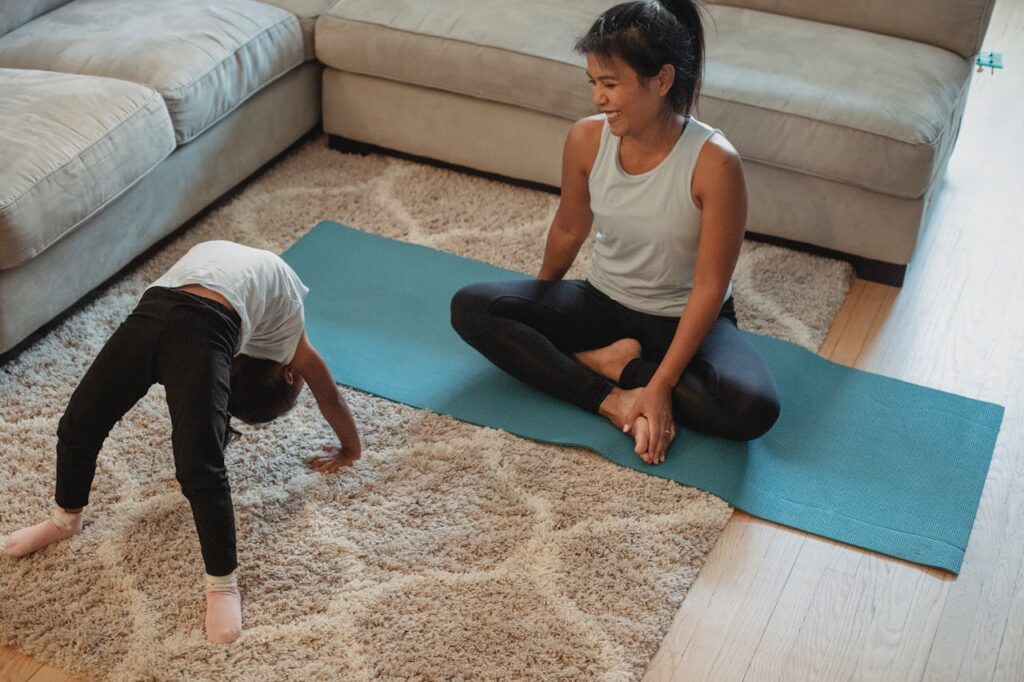
Structured Activities & Classes
Sometimes, the best way to ensure regular activity is to commit to structured classes. Signing up children for football classes for kids provides consistent weekly exercise, develops skills, and offers social interaction during months when outdoor play is less appealing. The commitment of a paid class also provides motivation when motivation is otherwise lacking; you’re far more likely to get everyone out the door for something you’ve booked and paid for than for an impromptu park visit.
Look beyond traditional sports, too. Trampolining centres have boomed in recent years, swimming pools offer respite from grey skies, and climbing walls cater to various age groups and abilities. Many leisure centres run winter holiday programmes specifically designed to keep children active during half-term breaks.
Make Use Of Free Local Resources
Most communities have more free active resources than parents realise. Local parks often have outdoor gym equipment suitable for older children and teenagers, while many councils maintain all-weather sports courts where kids can play basketball or tennis regardless of the weather. Some areas have parkrun junior events (free, timed 2km runs held on Sunday mornings) that combine activity with a sense of achievement.
Libraries frequently host active story sessions for younger children that incorporate movement and dance, and community centres may run free or low-cost activity sessions during school holidays. It’s worth checking your local council website for what’s available in your area.


Active Indoor Alternatives
When outdoor plans are genuinely scuppered by weather, think creatively about indoor alternatives. Soft play centres are the obvious choice for younger children, but don’t overlook ice skating rinks, bowling alleys, and indoor adventure centres that offer climbing, zip lining, and obstacle courses.
Museums and larger attractions often involve more walking than you’d think. A trip to a science museum or historic house with extensive grounds can easily clock up several thousand steps while keeping children engaged and learning.
Cooking & Baking: Active Kitchen Time
Don’t underestimate the physical activity involved in cooking and baking with children. Kneading bread dough provides an excellent arm workout, whisking ingredients builds strength, and the standing, reaching, and movement required for meal preparation all contribute to daily activity levels. Beyond the physical benefits, cooking offers practical life skills and can be genuinely engaging for children who might resist more traditional forms of exercise.
Winter is the perfect season for baking projects. Making bread from scratch requires proper kneading (at least 10 minutes of arm work), while biscuit and cookie recipes involve rolling, cutting, and decorating. Older children can tackle more complex recipes like homemade pizza dough or cinnamon rolls, which require physical effort to work the dough properly.
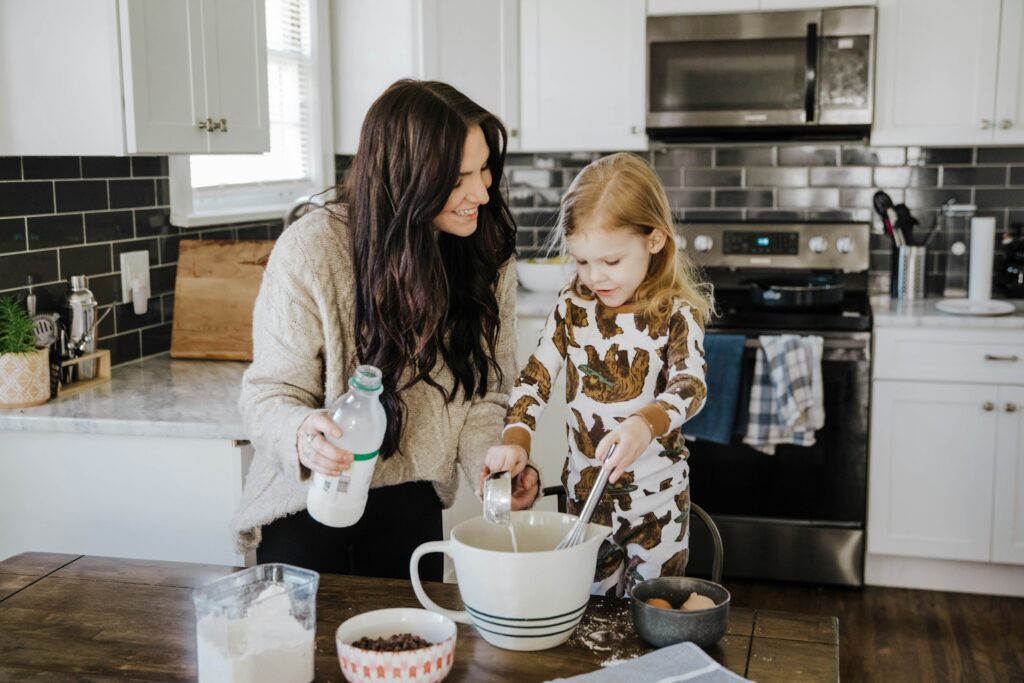

Encourage children to take ownership of entire meals. Let them plan a family dinner, help with the shopping list, and then lead the cooking process. The physical activity of chopping vegetables, stirring pots, and preparing ingredients adds up, and the life skills gained are invaluable. For younger children, simple tasks like washing vegetables, tearing herbs, or mashing potatoes all involve movement and coordination.
Baking also creates natural opportunities for maths practice (measuring ingredients), science learning (watching dough rise, understanding how heat changes food), and following sequential instructions. The reward of eating something they’ve made themselves provides immediate gratification that reinforces the activity.
Consider setting monthly cooking challenges: perhaps mastering a new cuisine each month, trying a different baking technique, or working through a children’s cookbook together. These projects give structure to darker evenings and provide alternatives to screen time whilst keeping hands and bodies busy.
Set Active Challenges
Children often respond well to gamification. Create a winter activity bingo card with different activities to tick off; maybe they need to do star jumps in five different outdoor locations, or complete a certain number of garden laps before the end of November. Fitness trackers or step-counting apps can work well for older children, giving them concrete goals and visible progress.
Family challenges work too. Perhaps everyone tries to walk 100 miles before Christmas, or the family collectively aims for a certain number of active minutes each week. Making it collaborative rather than competitive keeps it fun and motivates everyone, adults included.
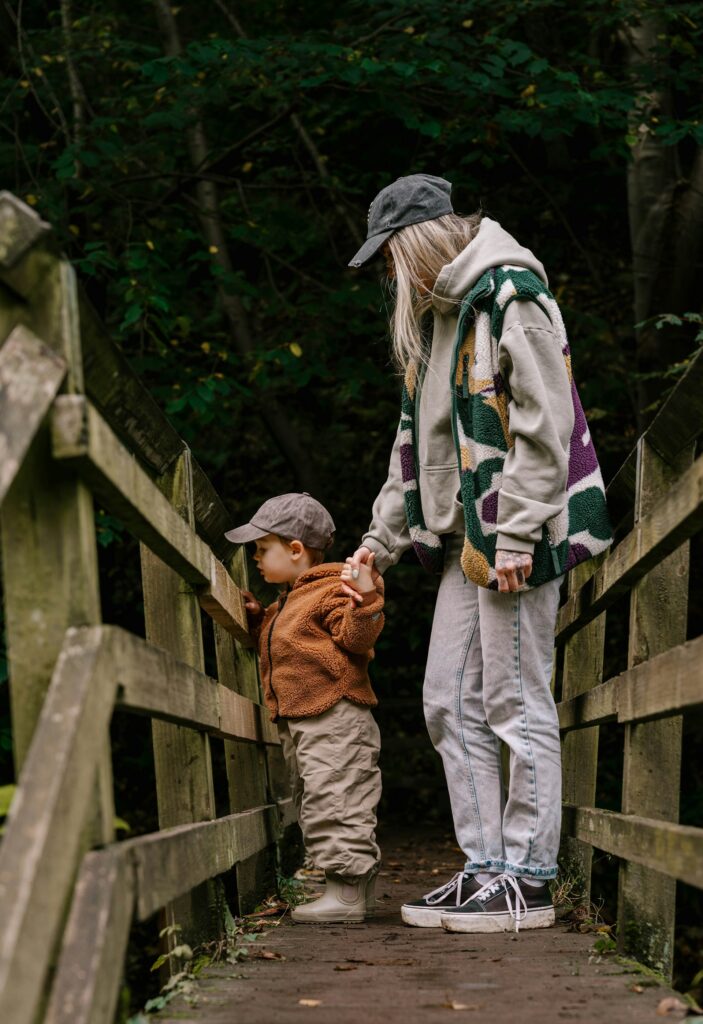
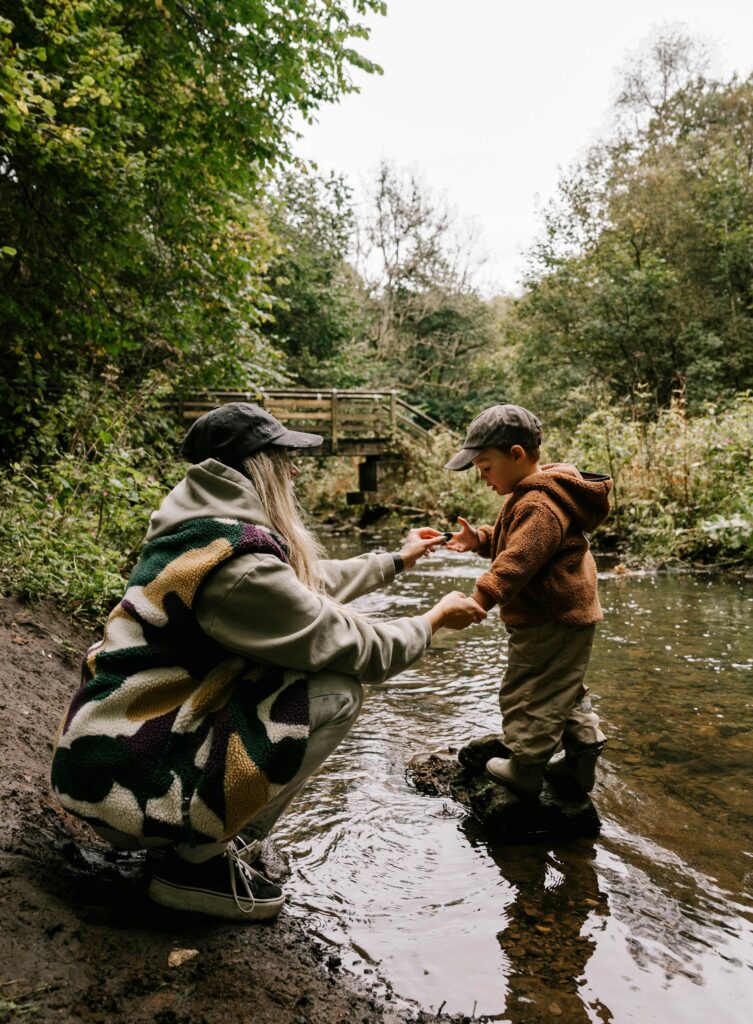
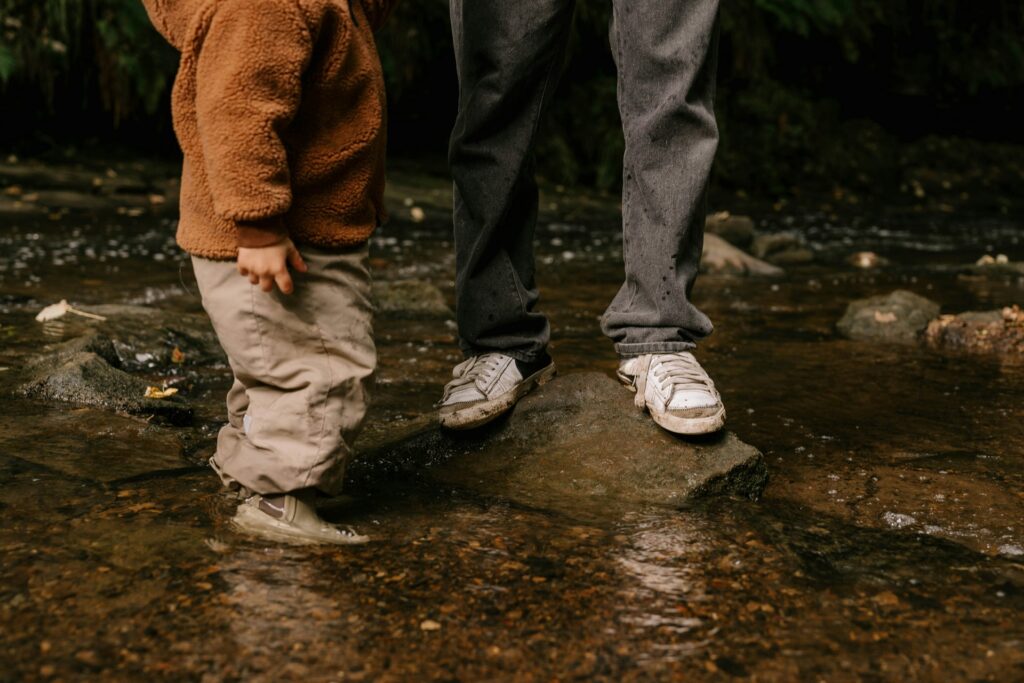
Consider The Weather, Not Just The Temperature
Remember that British winter weather varies enormously. A cold, bright day is often more pleasant for outdoor activity than a mild, drizzly one, so check the weather each morning and be flexible with plans. If there’s a break in the rain or a rare sunny spell forecast, take advantage of it, even if it means shuffling other plans around.
Equally, don’t assume every winter day will be miserable. We often get beautiful crisp mornings perfect for outdoor play, and children generally cope with cold far better than adults expect, especially once they’re moving.
The Mental Health Bonus
Beyond the obvious physical benefits, keeping children active during winter months has significant mental health advantages. Seasonal affective disorder doesn’t only affect adults; children can experience low mood and energy during darker months, too. Physical activity, particularly outdoors, helps regulate mood, improves sleep, and maintains energy levels through winter.
Getting outside also provides essential vitamin D exposure during months when it’s in shorter supply. Even on overcast days, outdoor light levels are higher than indoor lighting, which helps regulate sleep patterns.
The Bottom Line
The key to winter activity is consistency rather than intensity. Regular, moderate activity beats sporadic intense exercise, and building active habits now sets patterns that last throughout childhood and beyond. Yes, it requires more effort than summer’s spontaneous outdoor play, but the rewards (healthier, happier, better-sleeping children) make it entirely worthwhile.





